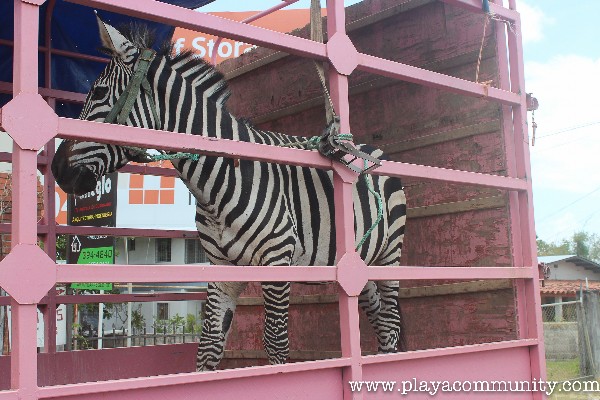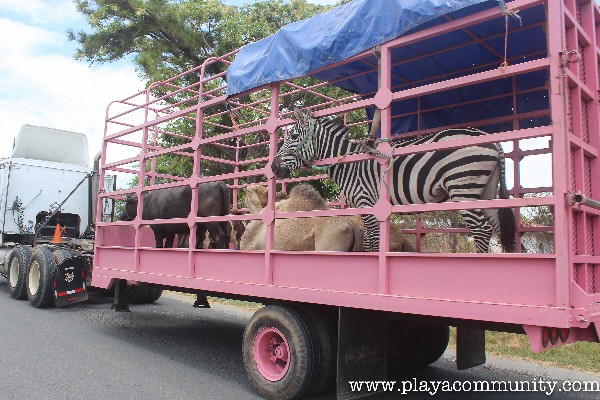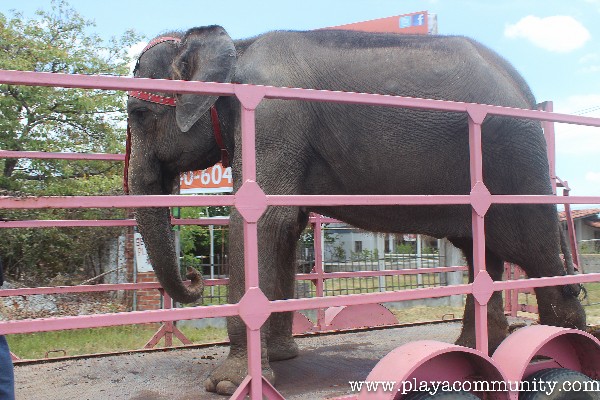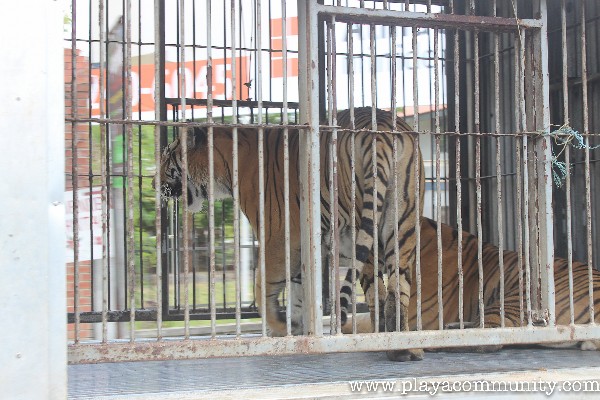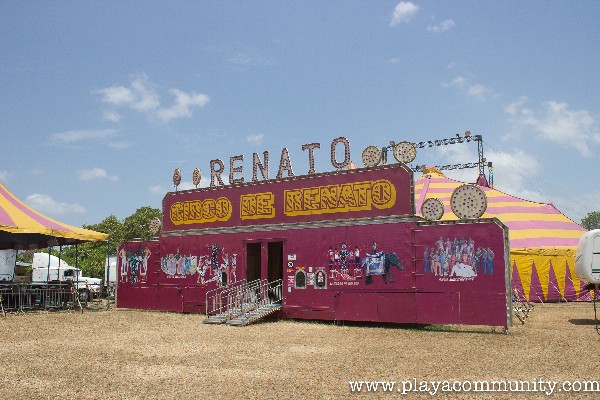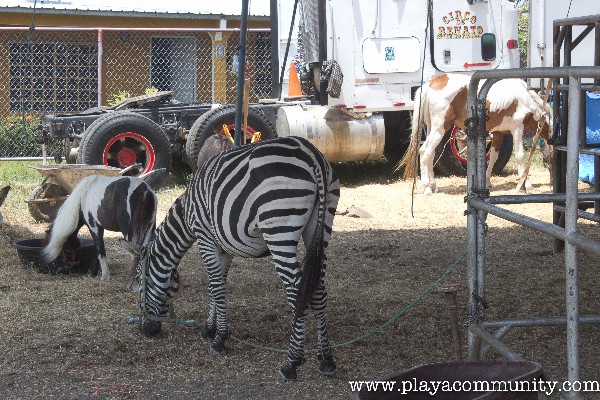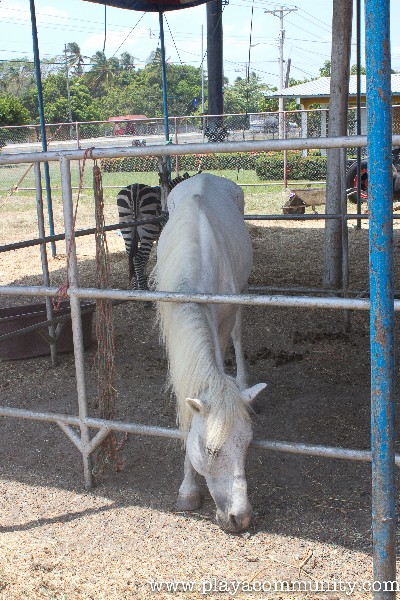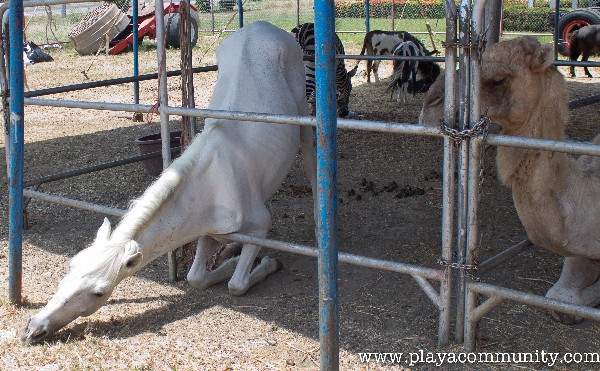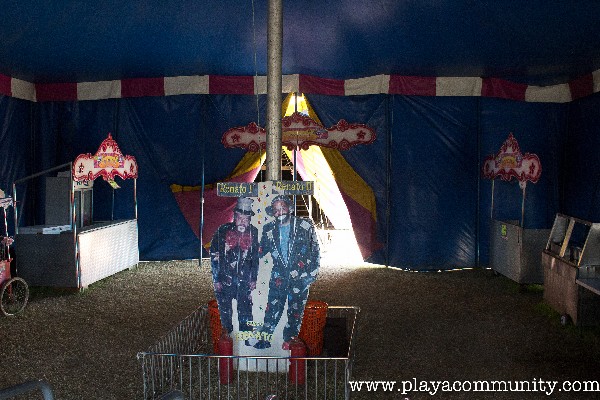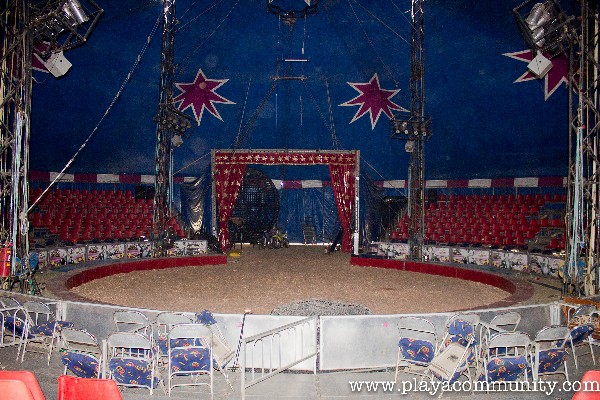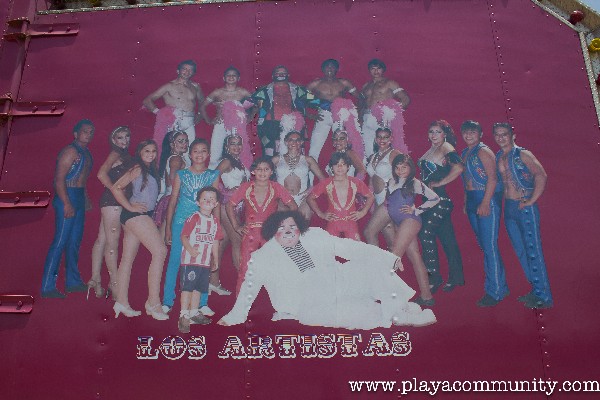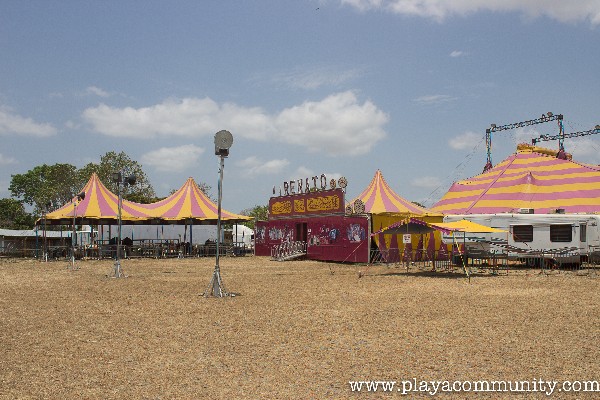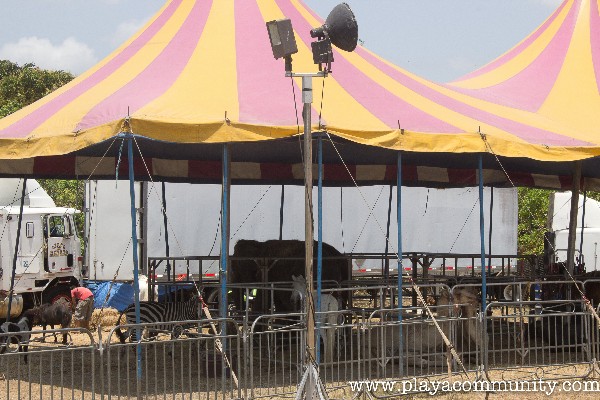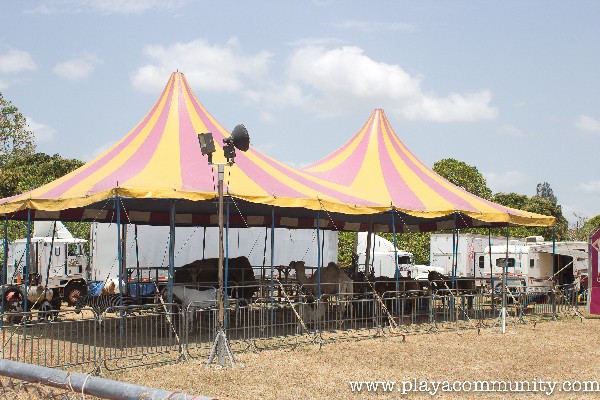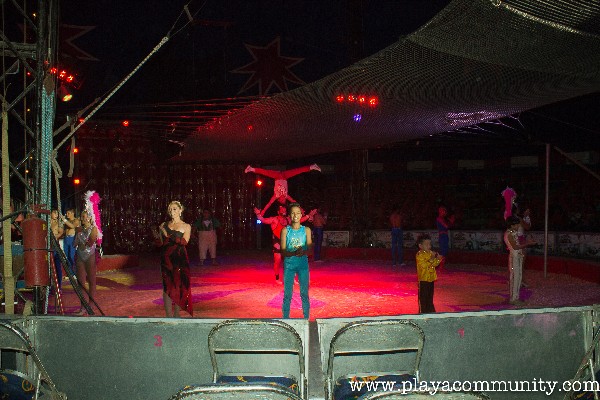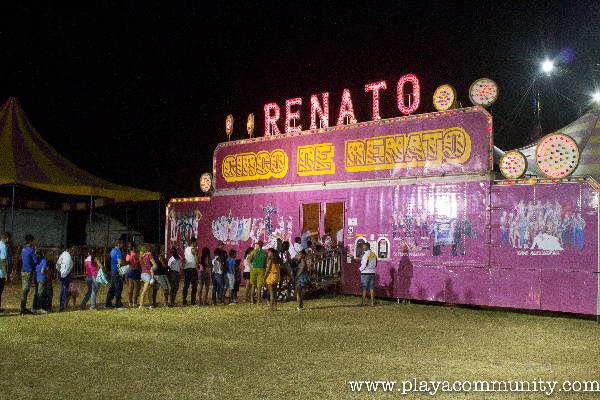Panama Prohibits the Entry of Circuses with Wild Animals
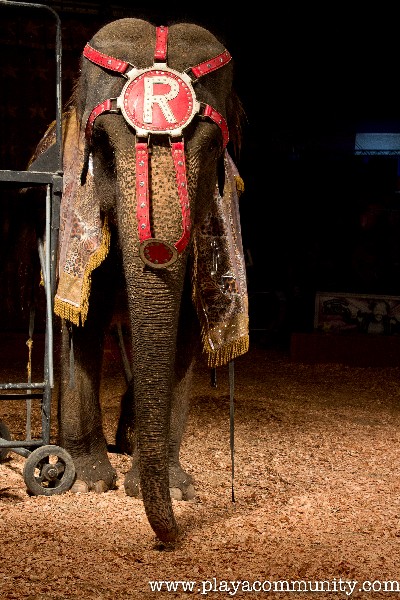
On Wednesday, March 26 2014, the National Environmental Authority (ANAM) banned circuses from entering the country of Panama with wild animals of any species. While resolution 149 was approved last month, it was not published until last week (GlobalPost, 2014). The resolution states that traveling circuses, public shows, and other similar entertainment organizations are now prohibited from bringing wild animals into the country of Panama.The ban does not apply to animals intended for zoos, private collections or animal rescue centers, nor does it apply to domestic animals. Panama still permits pets such as dogs and horses to be used in the circus, on the condition that their owners comply with health measures established by the ministry of health.
This new legislation will give circuses with wild animals in Panama a two-month period to export their animals. Failure to comply with this legislation will result in penalties ranging from $1 million to $10 million dollars as stated in Article 114 of Law No. 41.
Last year Panama took a big step forward in animal rights legislation, with the passing of Law 70. This law, that grants animals rights, was passed on March 15 2012. In accordance with law 70, owners must provide food and water, along with sufficient room to rest and defecate. This protection extends to species in the circus.
While law 70 was indeed a big step for Panama there are several gaps. Law 70 outlaws Spanish and Portuguese-style bull fighting (which are not common practices in Panama), however it does not prohibit other styles of bull fighting that are practiced in some towns throughout the interior. The law outlaws dog fighting, but it does not prohibit cockfighting, a practice prevalent throughout the country. While the law gives authorities the ability to prosecute circus owners for the mistreatment of animals, we cannot find a case where ANAM has found a circus guilty of mistreatment.
In 2009 ANAM inspected Circo Renato, a Mexican circus owned by the Fuentes Gasca brothers. ANAM inspectors found that the animals were "well fed...and in perfect condition." At the time those animals were: two Asian elephants, five tigers, a goat, seven horses, a zebra, three llamas, three camels and two donkeys. (EL Siglo, 2009).
In an investigation by Animal Defenders International through 2003 – 2007, it was concluded “in 100% of circuses with animals, there was animal abuse” (La Prensa, 2014). These abuses ranged from unhygienic living conditions, insufficient food and water, small cages and physical abuse.
In June of 2013, the Renato Circus settled in Panama City where they were met with resistance. Mayor Roxana Mendez explained that, while the tent was already installed, the city would not grant permission for operation. According to Manuel Gonzales Puron (advisor to Mendez), the permit was denied because of the location, which was near the Children’s Specialty Hospital. So the Renato Circus moved to Chorrera, where the mayor authorized a football field for the production. Since then The Renato Circus has travelled along the Pacific Coast to the town of Gorgona.
We visited the Renato circus in Gorgona. The circus had two camels, a zebra, two Asian elephants, six tigers, two camels, a bull, horses and miniature ponies. The brothers also paid $15,000 to import the kangaroo from the United States for their Panama City show. Despite the kangaroo investment, it is clear business is dwindling. With less than 100 of the 1000 seats filled, on a Thursday night José Luis Fuentes looked defeated.
He struggles to continue the tradition with seven family members including his brother Juventino, his father, wife and sons. One of the Renato sons, 11 years of age, is a star trapeze artist. Juventino preforms death defying motorcycle stunts, and José Luis Fuentes is the ringleader.
On March 23 2014, at 5:00 p.m. students from PCIS and 5 Star Academy met outside the Circus to protest.
Parents, teachers and students protested the use of wild animals for the purpose of entertainment. There is an ongoing discussion taking place about the protest, and what can be done to protect the animals. One of the questions the students have raised is, “what will happen to animals if the circus is shut down?” With similar bans in Costa Rica, Colombia and Ecuador, their question is seemingly a valid one: what will happen to the Renato Circus and their animals?
Passing the law is only one step, making sure the animals are safe is the bigger picture. Traveling circuses are quickly running out of welcoming countries and exporting large animals long distances is a costly endeavor. If circuses cannot afford to export animals what will happen to them? While outlawing wild animals in circuses might seem like a happy ending, it is not the end of the story.

